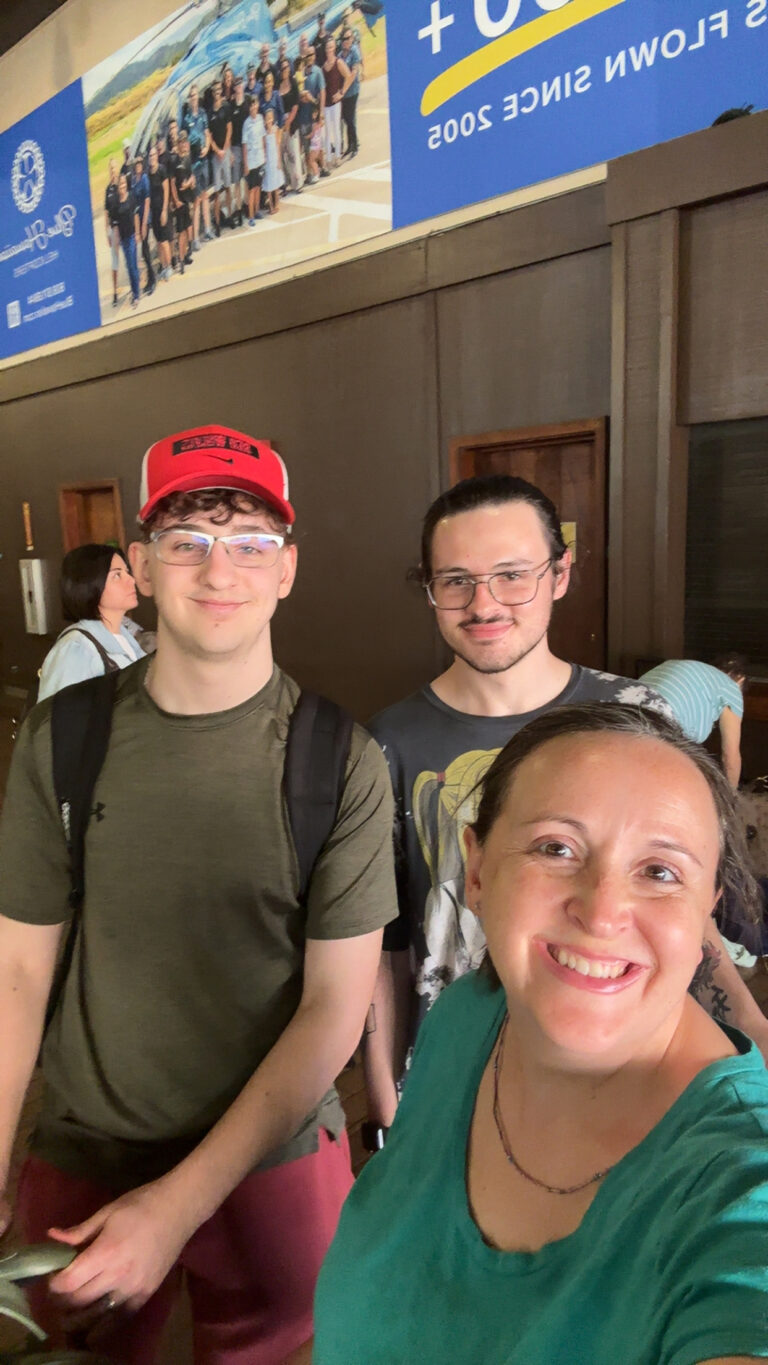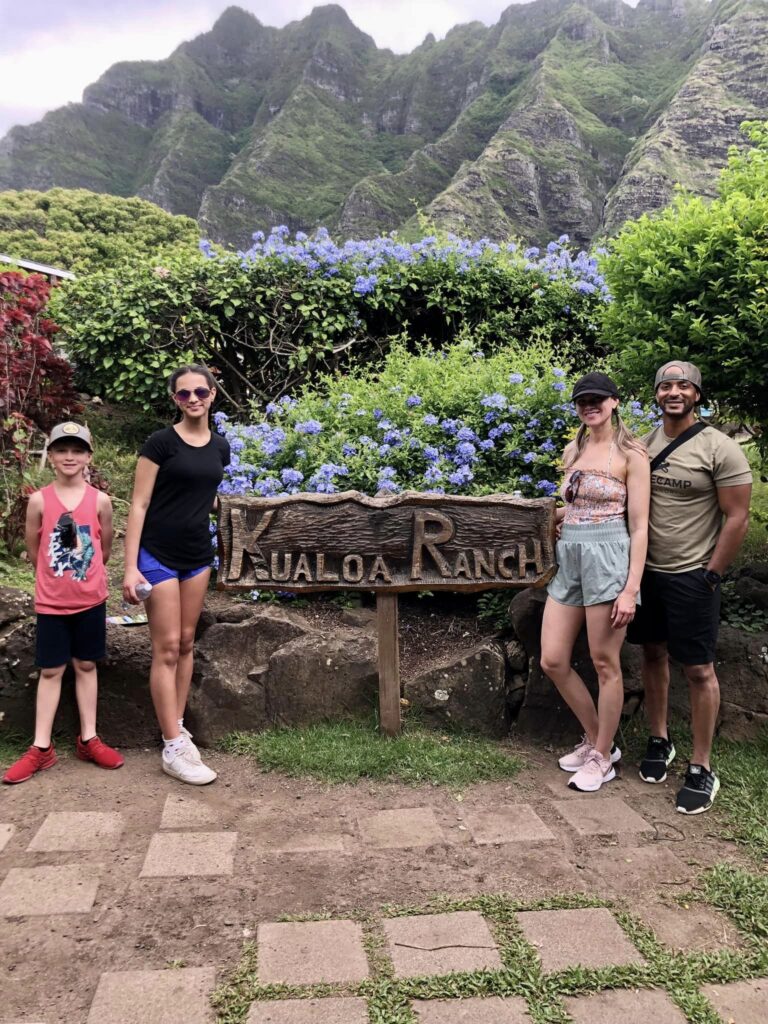
The ancient Hawaiians originally named it Le ahi, which means “brow of the tuna,” and supposedly you can see the resemblance—assuming you know what a tuna’s brow looks like, which I don’t. So I think I’ll stick with its more familiar name, Diamond Head, so dubbed in i825 by British sailors who mistook calcite crystals for diamonds. It’s Hawaii’s most famous landmark, having appeared in countless television shows and movies, and is perhaps the world’s best known extinct volcanic crater. Located on Oahu, next to Waikiki, Diamond Head’s summit affords breathtaking views of Honolulu in one direction and the Pacific on the other. I’ve been to Hawaii a dozen times, but have never embarked on the trek—until now.
It tends to get a bit warm on this patch of the island, which is why I’ve started uncharacteristically early, at 7 a.m. The hike is only moderately difficult, and though the ascent does traverse nearly 300 steps to the 760-foot summit, it’s less than a mile to the top. Still, it’s a good idea to wear sturdy shoes and to bring along sunscreen, water, a hat, and of course, a camera.
Enter the crater from Fort Ruger, through the Kahala Tunnel, and you’ll find yourself staring up at hulking walls of scrub-grown “tuff” rock formed by fine particles of sea-pummeled magma that were reconstituted like cement. Diamond Head was formed at least 300,000 years ago in a violent eruption. Since the eruption, the crater’s slopes have been honed by rain, wind and the pounding of the sea, though the seaward slopes are now protected by a coral reef. It turns out that the word Le ahi can also be interpreted as “place of fire,” and ancient Hawaiians used it as a place for worship and human sacrifice. (Which makes a little more sense than “brow of the tuna,” if you ask me.)
Legend has it that fires were lit at the summit to guide canoes traveling along the shoreline. At one time, a temple was erected on the summit and dedicated to the god of wind as protection against strong updrafts that could put out the fires. Today, the Diamond Head Light, built in i9i7, provides a visual aid for navigation.
The first part of the hike is deceptively easy: 10 minutes on a fairly flat, nicely paved path. But then the trail turns rocky and uneven, gradually becoming steeper as it zigzags up the barren, stony slopes. Along the way, I catch sight of several small, colorful, exotic birds twittering amid the brush and the sparse population of kiawe trees, a species of mesquite.
Another 15 minutes brings me to the first lookout, with views of the east side of Oahu and $10 million beachfront homes, and where a winch and cable once hoisted supplies from the crater floor to a midway point on the trail. The U.S. Army recognized the value of Diamond Head’s sweeping vistas for reconnaissance purposes, and built a fort here in 1909; hence the presence of bunkers and tunnels that have been rendered obsolete by radar. In the ‘60s and ‘70s, big acts like America and Cheech & Chong played the crater.
But back to my journey. I’m not quite on the home stretch, but I’m close. A jaunt up the stairway brings me to a 225-foot long tunnel cut into the mountainside. More stairs follow, but the panoramic view from the top is my reward. Out comes the camera. There are the majestic emerald green Koolau Mountains, miles of roads and homes, the high-rise jungle of Waikiki and Koko Head crater, the Wainae Mountains, the Diamond Head Light, the surfers. Breathtaking, lush and humbling, it’s a unique glimpse of paradise. It’s a view money can’t buy, but a little legwork will.
Getting there: From Waikiki go east along Kalakaua. Turn left onto Monsarrat and proceed 1 1/4 miles until the road becomes Diamond Head Road, then follow signs to Diamond Head Crater.




































